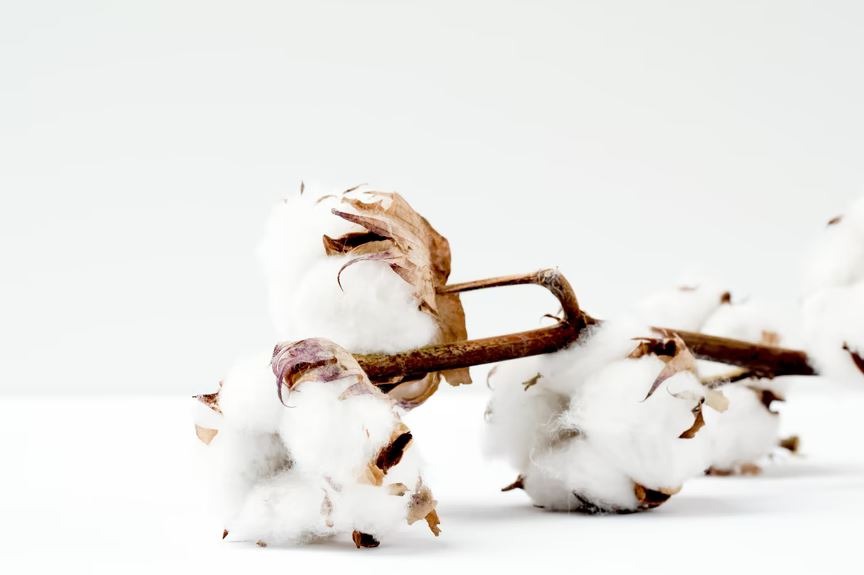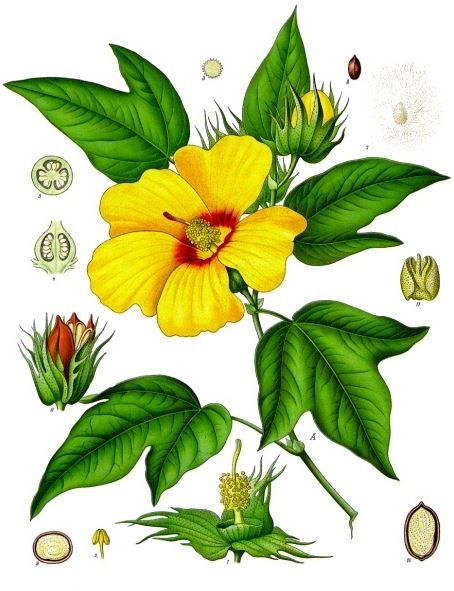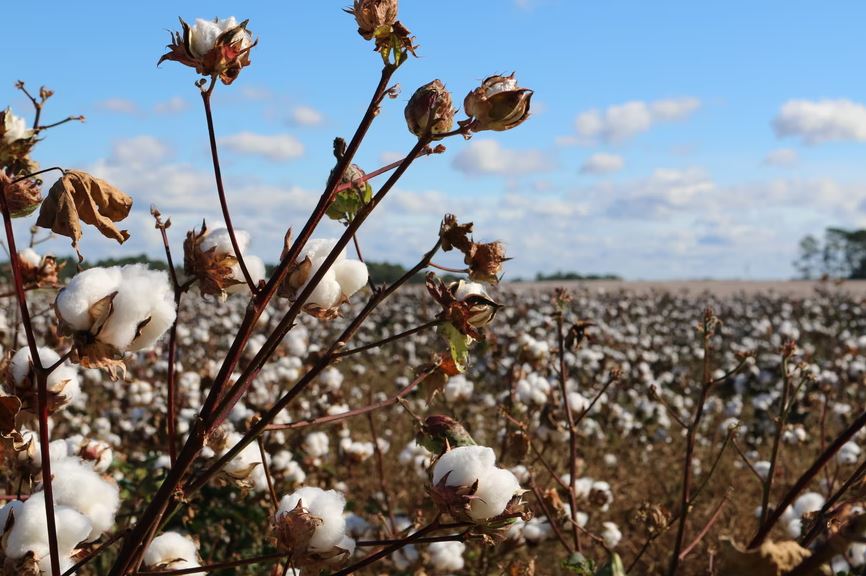There have been thousands of different materials and fabrics used to make luxurious pieces of clothing, but there are a few that are deemed the most expensive, valuable, and highly sought-after out of all of them. One of those few materials is Egyptian cotton, which is a special type of cotton that is handpicked and softer to the touch compared to regular cotton. If you want to know more about this prized material, here are some details about the origins and classification of Egyptian cotton, as well as a descriptive comparison between regular cotton and Egyptian cotton.
What is Egyptian Cotton?
Egyptian cotton is a material that comes from one particular species of cotton with the scientific name Gossypium barbadense. This species of cotton has been a valuable commodity since the 1800s because of its rarity and qualities that make it better than regular cotton. Although it is popularly known as Egyptian cotton, it also has different names in various countries around the world, and these names include “Sea Island cotton,” “Pima cotton,” and “extra-long staple of ELS cotton.”
According to historical and geographical records, Egyptian cotton originated in the southwest portion of Ecuador, but after the 1800s, it began to be cultivated in Sudan, India, China, Israel, Peru, Australia, Uzbekistan, Turkmenistan, Tajikistan, the southwestern parts of the United States, and Egypt. Because of its rarity, Egyptian cotton only accounts for about 5% of the world’s cotton supply or production.
Origins of Egyptian Cotton
It is speculated with the backing of historical evidence that Egyptian cotton was first cultivated in Real Alto, a present archaeological site located on the coast of Ecuador, in 4400 BC. After 3000 years, the quality and appearance of the Egyptian cotton plant changed, and by the end of 1000 BC, the plant looked similar or almost the same as the Egyptian cotton plant that we have in the 21st century.
Many Native Americans living in Ecuador started cultivating Egyptian cotton by 1000 BC, and when Christopher Columbus came to the continent of America, he saw Egyptian cotton as a valuable commodity. Through the worldwide trade that became accessible to the American continent with the guidance of Christopher Columbus and his compatriots, Egyptian cotton quickly became one of the most valuable materials in the world. Its value during that period is attributed to its distinct quality, which is said to be very different from the cotton produced in Europe.
By the 1800s, Egyptian cotton became a highly sought-after export item in the British West Indies (British territories in Central America). As the plant became more and more valuable, the amount of cotton made from the said plant became scarcer, and eventually, it was replaced by sugar cane as the number one export item in the territory.
The term “Egyptian cotton” was only coined in 1820 as another classification or market class for the Gossypium barbadense. Before it was called Egyptian cotton, the plant and the material it produced was widely known as “Sea Island cotton,” a name that was first used in 1790. The market class called “Sea Island cotton” is coined for the Egyptian cotton that was grown in South Carolina, Florida, and Georgia. The production of cotton from those areas halted when the US Civil War began in 1861. After the war, the production of Sea Island cotton never fully recovered due to the damage that cotton-growing regions of the country sustained. The import of the said material and market class officially ended in 1920.
As for “Egyptian cotton,” it was first coined when Sea Island cotton crops were cultivated in Sudan, which was once part of Egypt. Besides “Egyptian cotton,” the type of material cultivated in Sudan was also called “Egyptian extra-long staple” and simply “Egyptian long-staple.” The modern Egyptian cotton is derived from Jumel cotton, a material that is native in Egypt and surrounding countries, and the Sea Island cotton that was first cultivated in North America. Egyptian cotton remained valuable through the centuries, and it will continue to be a prized material because of its unmistakable quality that beats other types of cotton in the world.
Differences of Egyptian Cotton from Regular Cotton
There are several differences between Egyptian cotton and regular cotton, and these points prove that the former deserves to be more valuable than the latter. Here is a list of differences between the two types of cotton:
- Egyptian cotton is primarily handpicked by expert cotton pickers, while regular cotton is mostly picked using a machine. The handpicking of Egyptian cotton allows it to still be intact because of how careful each cotton picker takes out the cotton from Gossypium barbadense plants.
- Egyptian cotton is much more durable due to the way it is picked and processed as a material for fabrics. Because regular cotton is picked by machines, there is a higher chance of each cotton ball being frail since they are handled roughly.
- Egyptian cotton is much smoother since there aren’t any frail parts, as the weakness in the structure of cotton can lead to roughness. Regular cotton tends to be rougher since they are not processed delicately. The smoothness of Egyptian cotton makes it a more comfortable material to wear.
- Egyptian cotton is more porous, which means that it can absorb colors better, unlike regular cotton that may struggle in absorbing colors, thus leading to a duller color on the fabric.
- Egyptian cotton is generally more breathable mainly because of its porous quality. Most regular cotton would have rough sections that can feel itchy on the body.
Before you buy clothes, curtains, or any kind of item that is marketed to be made from Egyptian cotton, make sure that they are actually 100% made from the said material. The reason for making sure that the item is 100% Egyptian is because many manufacturers add about 20% percent or more regular cotton in order to skimp on materials and save money. So, you should check out the materials that were used to make the item that you are interested in before actually purchasing it.



